Part 1 of 2 Parts
In December of 2022 after a decade of effort, scientists at the National Ignition Facility (NIF) announced that they had set a world record because they created a fusion reaction that produced more energy than it consumed. This phenomenon is called ignition. They have now proven that the feat was no accident by replicating it four times more. The Biden administration is looking to build on this success by establishing three new research centers to help advance fusion science.
The NIF is a stadium-sized laser facility, housed at the Lawrence Livermore National Laboratory (LLNL) in California. The team achieved its goal of ignition in four of its last six attempts. They created a reaction that generates pressures and temperatures greater than those that occur inside the Sun.
Richard Town is a physicist who heads the lab’s inertial-confinement fusion science program at the LLNL. He said, “I’m feeling pretty good. I think we should all be proud of the achievement.”
The NIF was not designed to be a power plant. It is a facility to recreate and sturdy the reactions that take place during thermonuclear detonations after the U.S. stopped underground weapons testing in 1992. The higher fusion yields are already being used to advanced nuclear-weapons research. They have also stimulated enthusiasm about fusion as a limitless source of clean energy. U.S. secretary of state John Kerry called for new international partnerships to advance the commercialization of nuclear fusion at the COP28 climate summit in Dubai that was held last week. The U.S. Department of Energy (DoE) which oversees the NIF followed up by announcing the new research hubs. The new facilities will be led by Lawrence Livermore, University of Rochester in New York, and Colorado State University in Fort Collins.
Construction of the NIF was considered to be a leap of faith by many. Its success has had a real impact on the fusion community, as well as public perception. Saskia Mordijck is a physicist at the College of William and Mary in Williamsburg, Virginia. She said, “In that sense, what is important is that scientists said they could do something, and then they actually did do something.”
The NIF works by firing one hundred and ninety-two laser beams at a frozen pellet of deuterium and tritium which are isotopes of hydrogen. The pellet is housed in a diamond capsule suspended inside a gold cylinder. The resulting implosion causes the hydrogen isotopes to fuse resulting in the creation of helium and huge amounts of energy. On the 5th of December in 2022, for the first time, those fusion reactions generated about fifty four percent more energy than the laser beams delivered to the target.
The facility set a new record on the 30th of July this year when its laser beams delivered two megajoules of energy to the target which was the same amount as was delivered to the target in December of 2022. However, this time, the implosion generated about four megajoules of fusion energy which represented an increase of eighty nine percent over the input energy. Scientists at the laboratory achieved ignition during two more attempts in October of this year. The laboratory’s calculations indicated that two other attempts in June and September generated slightly more energy than input by the lasers. However, these attempts were not enough to confirm ignition.
Please read Part 2 next
Blog
-
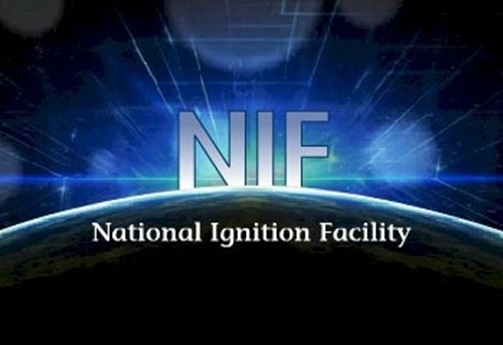
Nuclear Fusion 58 – Success At The Nuclear Ignition Facility – Part 1 of 2 Parts
-
Nuclear News Roundup December 25, 2023
China approves construction of four new reactors world-nuclear-news.org
UK-Korean partnership to develop nuclear-powered cargo ships world-nuclear-news.org
Russia, India sign Kudankulam agreements world-nuclear-news.org
-
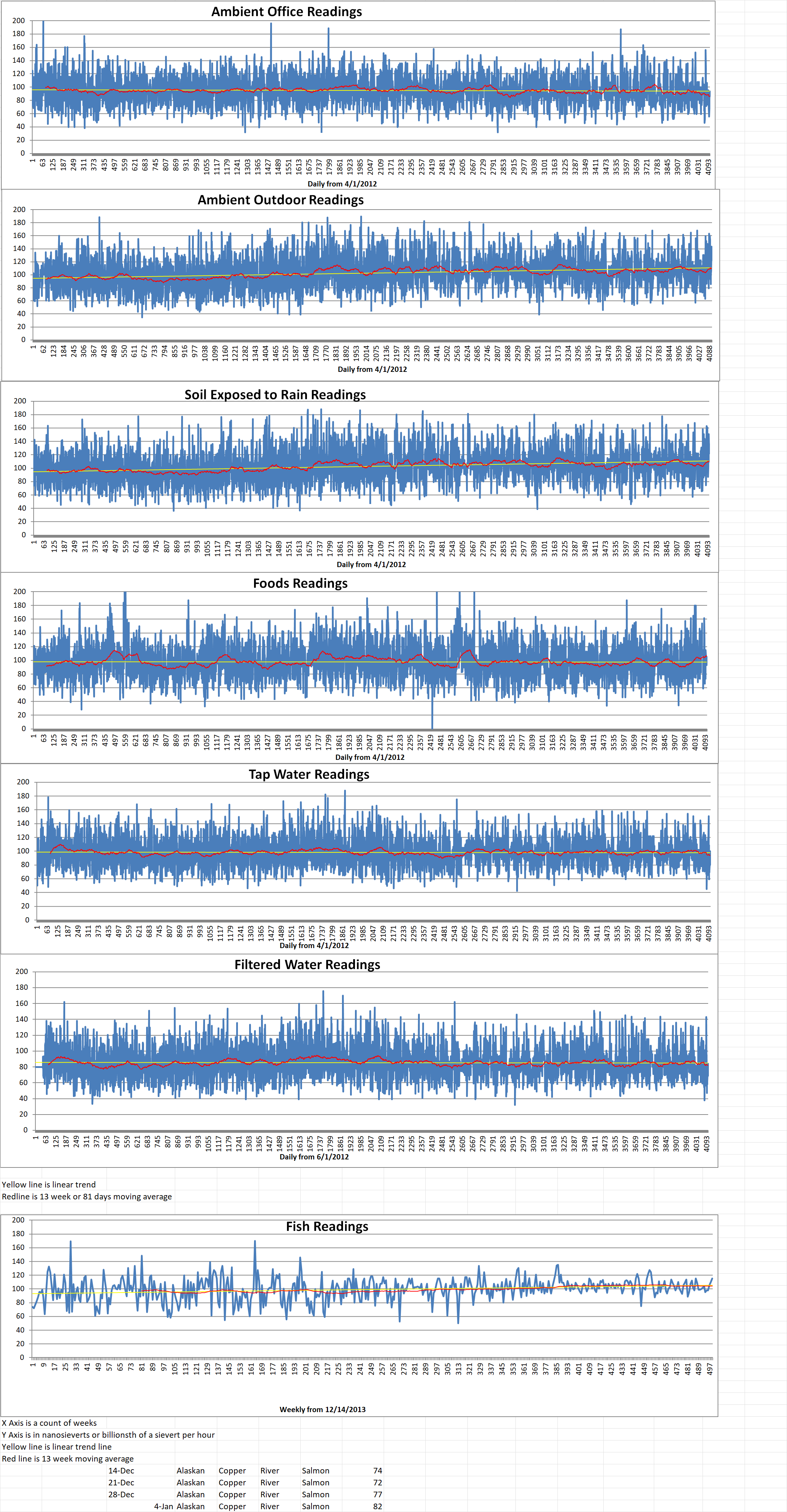
Geiger Readings for December 25, 2023
Ambient office = 87 nanosieverts per hour
Ambient outside = 122 nanosieverts per hour
Soil exposed to rain water = 122 nanosieverts per hour
Avocado from Central Market = 100 nanosieverts per hour
Tap water = 85 nanosieverts per hour
Filter water = 76 nanosieverts per hour
-
Nuclear News Roundup December 24, 2023
Grid connection for second Shin Hanul unit world-nuclear-news.org
Powerful quake in Japan reawakens concerns about nuclear power safety news.cgtn.com
Ulba-FA completes fuel production qualification process world-nuclear-news.org
-
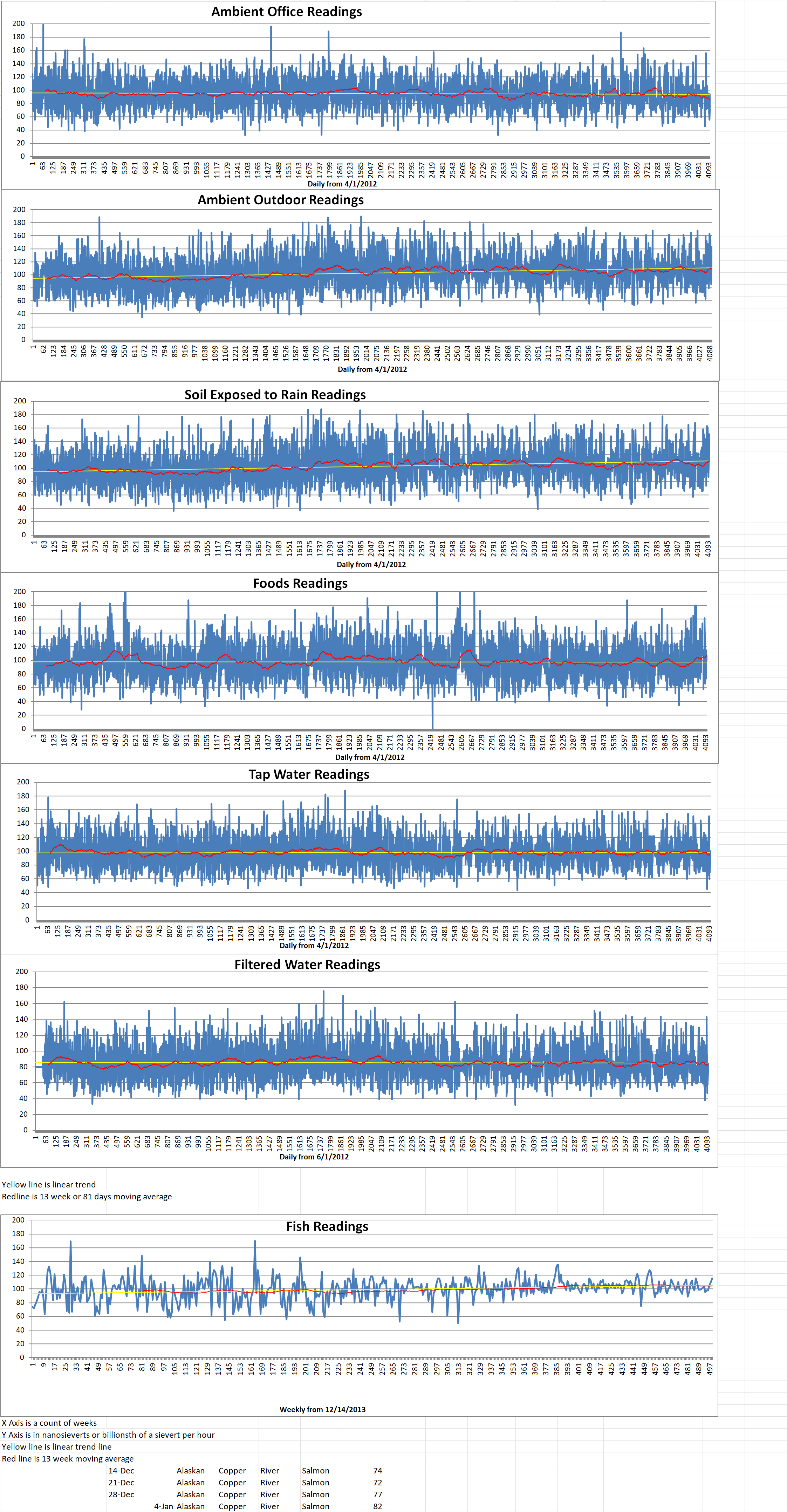
Geiger Readings for December 24, 2023
Ambient office = 90 nanosieverts per hour
Ambient outside = 129 nanosieverts per hour
Soil exposed to rain water = 136 nanosieverts per hour
Tomato from Central Market = 93 nanosieverts per hour
Tap water = 80 nanosieverts per hour
Filter water = 69 nanosieverts per hour
-
Nuclear News Roundup December 23, 2023
The Air Force said its nuclear missile capsules were safe. But toxic dangers lurked, documents show heleair.com
South Korea’s Yoon vows to ‘completely block’ North’s nuclear threat asia.nikkei.com
Norway Joins IAEA Nuclear Verification Support Program miragenews.com
Japan’s nuclear power plants largely undamaged following quake japantimes.com
-

Geiger Readings for December 23, 2023
Ambient office = 94 nanosieverts per hour
Ambient outside = 129 nanosieverts per hour
Soil exposed to rain water = 129 nanosieverts per hour
Red bell pepper from Central Market = 105 nanosieverts per hour
Tap water = 100 nanosieverts per hour
Filter water = 84 nanosieverts per hour
Dover Sole from Central = 115 nanosieverts per hour
-
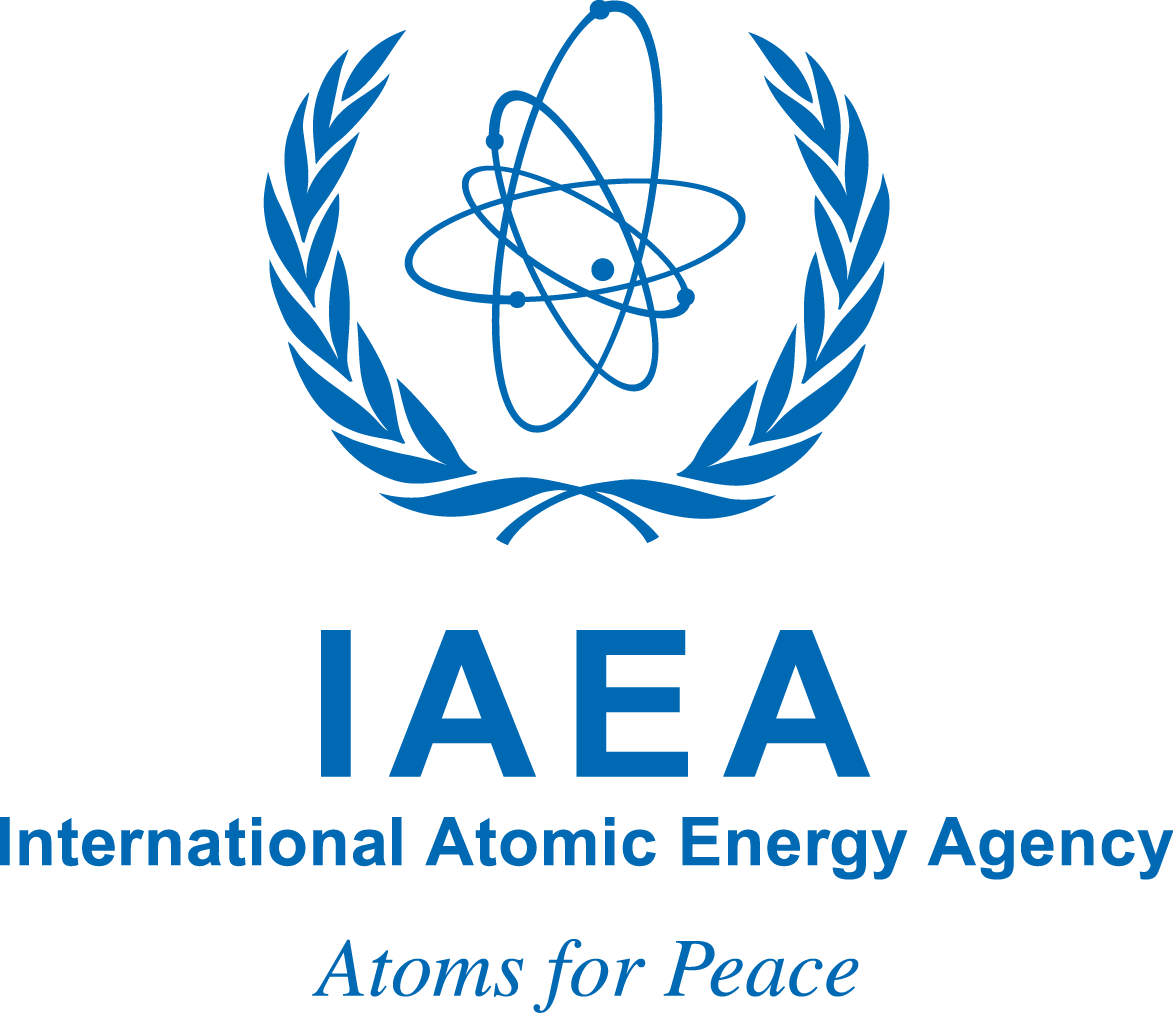
Radioactive Waste 922 – IAEA Removes Disused Sealed Radioactive Sources From Chile
Thirty-one disused sealed radioactive sources (DSRSs) have been transported from Chile to a recycling facility in Europe as part of an International Atomic Energy Agency (IAEA) multi-regional project to improve nuclear security and radiation safety.
Most radioactive waste generated by nuclear applications consists of DSRS. Radioactive materials are used in different devices in medical, industrial, and agricultural facilities. They have to be carefully accounted for. When they are no longer usable, they have to be recovered, stored and, in some cases, prepared for transportation. The DSRSs recovered from Chile have been in temporary storage since the end of their use in 1992. They are mostly cobalt sources used in cancer treatment.
The IAEA said that the recovered DSRs “represent about half of the radioactive material received yearly in waste management facilities from different activities around the country.”
Luis Huerta Torchio is the director of the Chilean Nuclear Energy Commission (CCHEN). He said, “The removal of these sources has multiple benefits for the CCHEN and the whole country, and it is in line with the circular economy objectives, in terms of recycling and reuse. The removal has significantly reduced the risk for any type of incident associated with these disused sources. In addition, it freed up to 30 per cent of space in the national storage facility used for disused radioactive sources, and subsequently extended the possibility of its use for about ten more years.”
Olena Mykolaichuk is the director of the IAEA’s Nuclear Fuel Cycle and Waste Technology division. She said, “The IAEA technically oversaw the removal of the sources from Chile to ensure that it was performed safely and securely. An operation of this scale cannot succeed without the dedicated efforts of organisations like CCHEN, skilled contractors, and the regulatory bodies involved – the experience gained is invaluable and represents a model that can be applied for future projects in other countries.”
The three-year IAEA Multi-Regional Project on Sustainable Management of Disused Sealed Radioactive Sources began in 2019 funded by Canad. Eleven Latin American, African and Pacific countries were included in the first phase of the IAEA project.
Hildegarde Vandenhove is the director of the IAEA’s Division of Radiation, Transport and Waste Safety. She said, “The increase in the number of participating countries indicates the success of the first phase of the project, the global interest in the safe and secure handling of DSRSs and, at the same time, the amount of work that remains to be done in this field.”
The operational plan for Chile was agreed upon in December of 2021. It involved the verification of the radioactive sources, appropriate packaging for safe transportation, and shipment to the recycling facility. The first of seventeen DSRs were exported in October of 2022. Fourteen more were sent in July of this year.
Most discussion of and funding for dealing with radioactive waste is focused on the spent nuclear fuel rods from operating nuclear reactors. However, there are also many radioactive materials from other sources that must be dealt with. -
Nuclear News Roundup December 22, 2023
Systems to supply power to nuclear plant in Ishikawa partially unusable www3.nhk.or.jp
Iran Says Prospect for Talks Over Nuclear Deal ‘Still Exists’ finance.yahoo.com
Earthquake: Over 30,000 houses without power, 2 nuclear power plants damaged economictimes.indiatimes.com
China commissions fourth-generation nuclear plant Canada.constructconnect.com
-
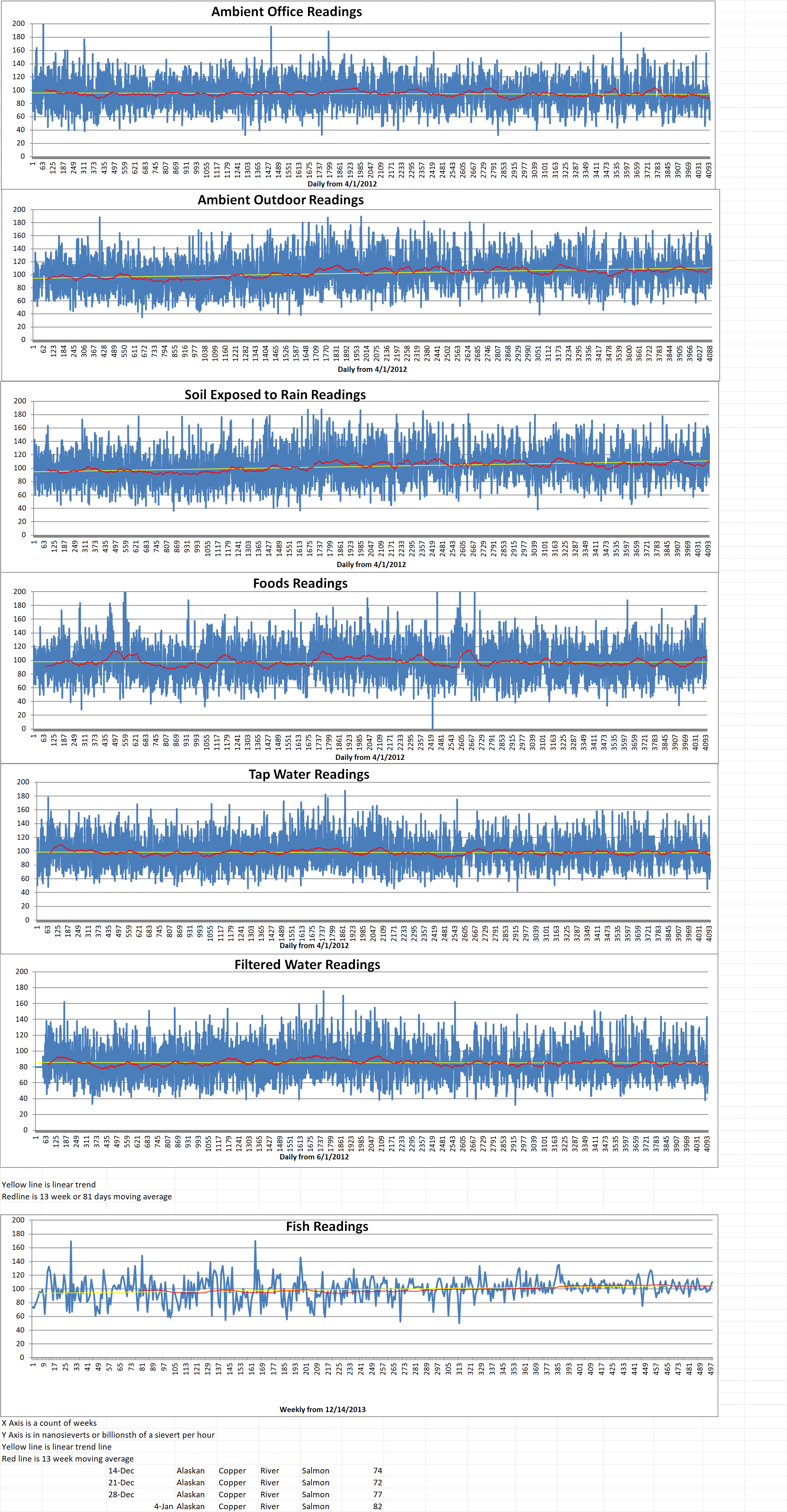
Geiger Readings for December 22, 2023
Ambient office = 83 nanosieverts per hour
Ambient outside = 143 nanosieverts per hour
Soil exposed to rain water = 151 nanosieverts per hour
Tomato from Central Market = 102 nanosieverts per hour
Tap water = 87 nanosieverts per hour
Filter water = 73 nanosieverts per hour
